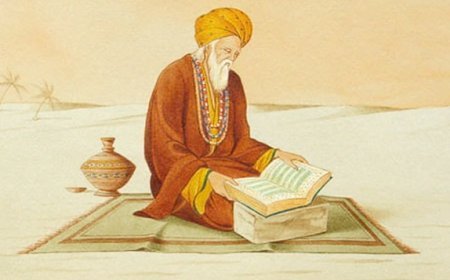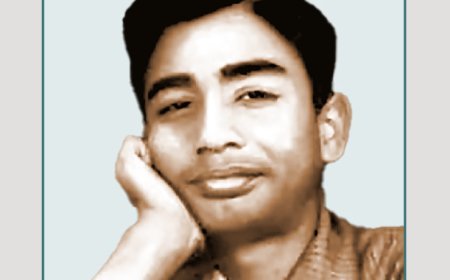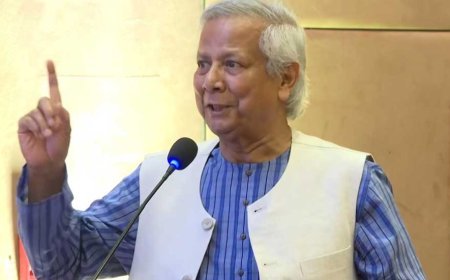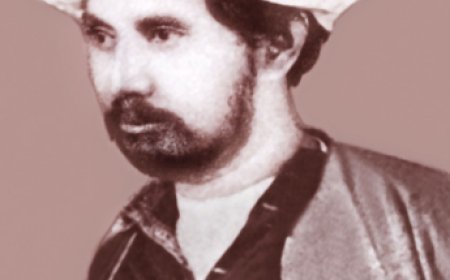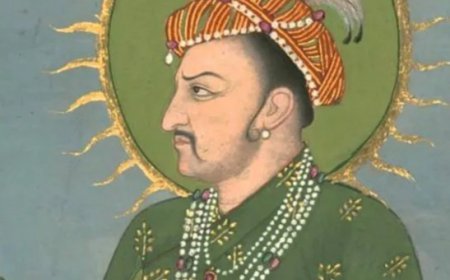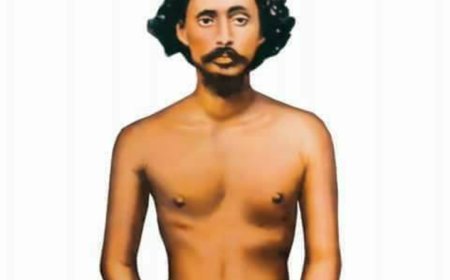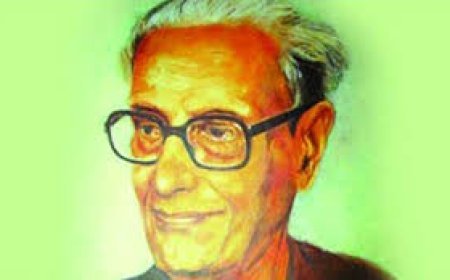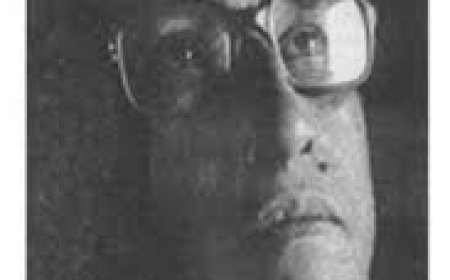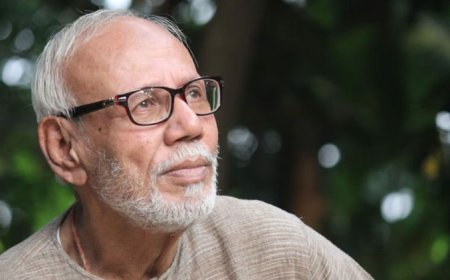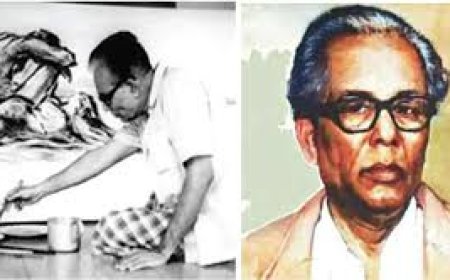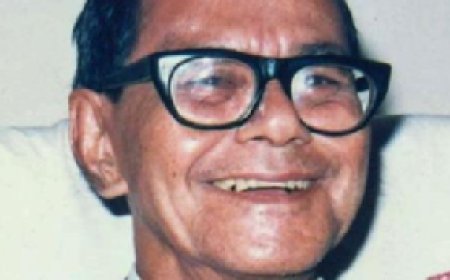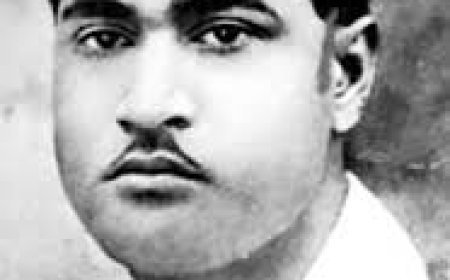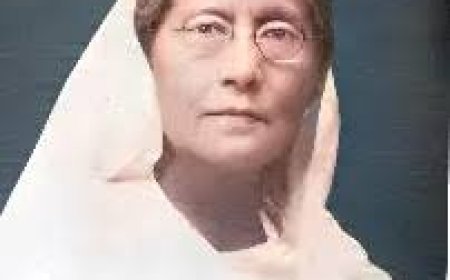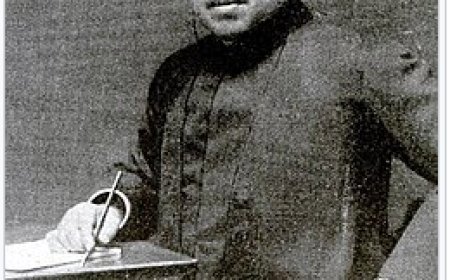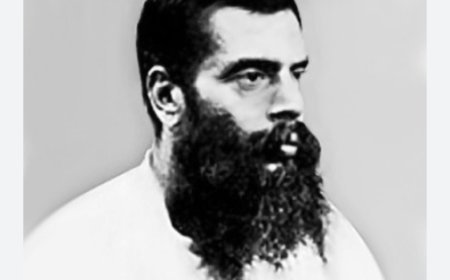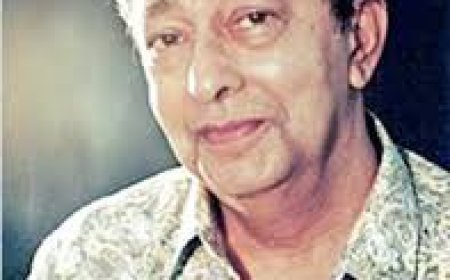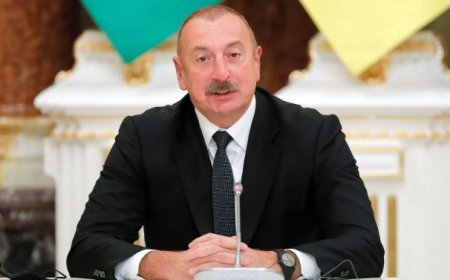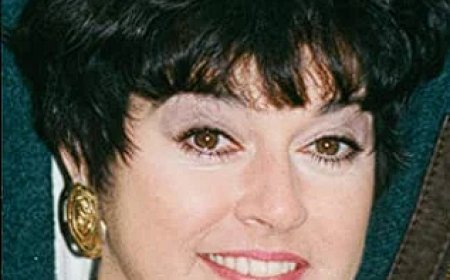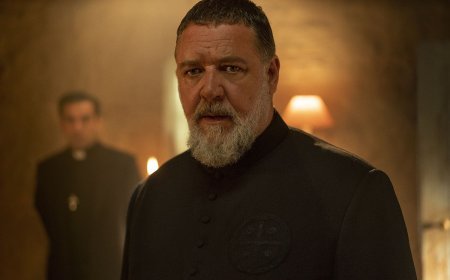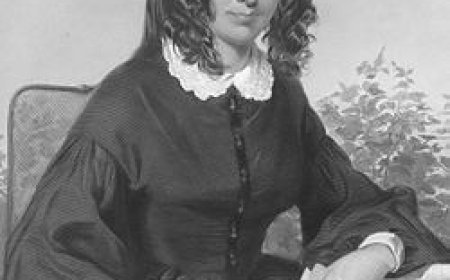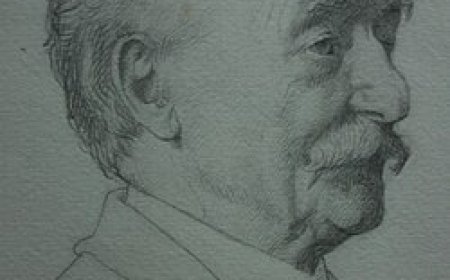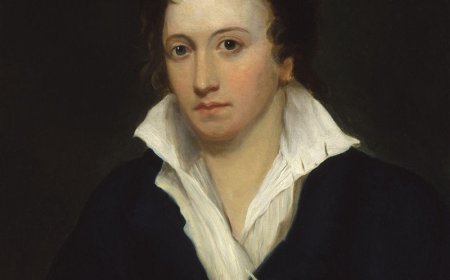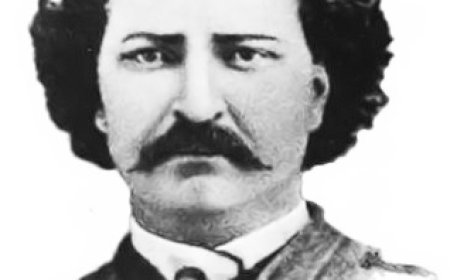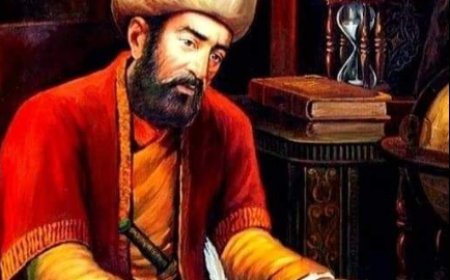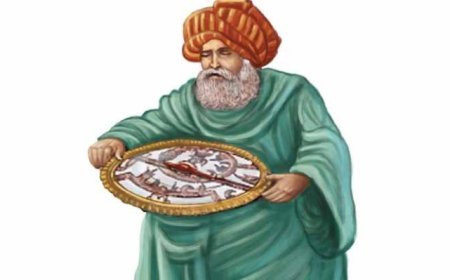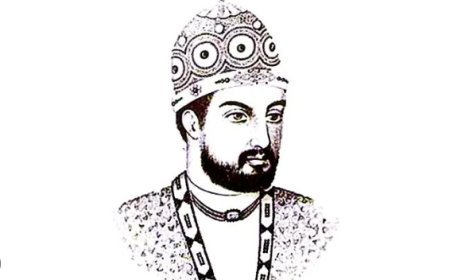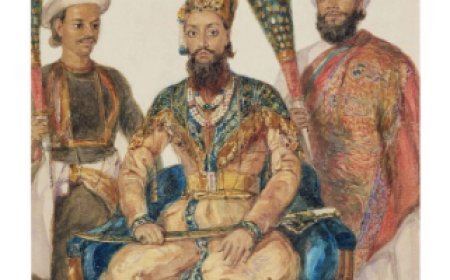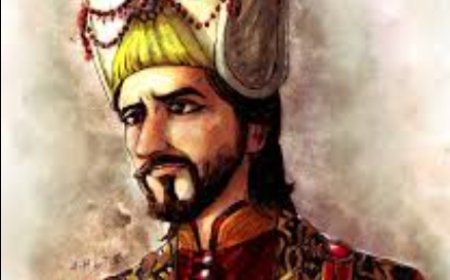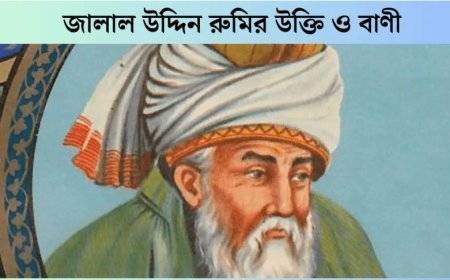biography of Peter Lorre
biography of Peter Lorre
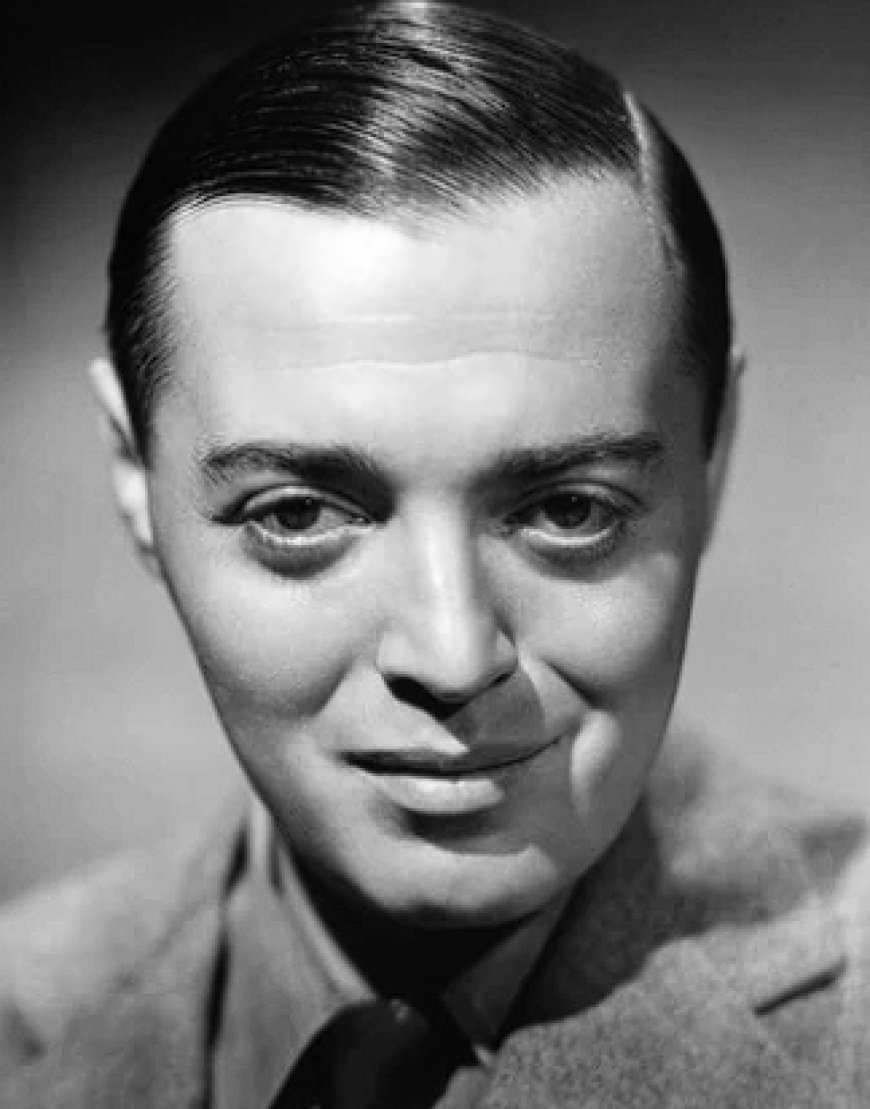
|
Lorre in 1940
|
|
| Born |
László Löwenstein
June 26, 1904 Rózsahegy, Hungary, Austria-Hungary
|
|---|---|
| Died | March 23, 1964 (aged 59) Los Angeles, California, US
|
|
Resting place |
Hollywood Forever Cemetery, Los Angeles, California, US |
|
Citizenship |
US (from 1941) |
|
Occupation |
Actor |
|
Years active |
1922–1964 |
| Spouses |
|
| Children | 1 |
Peter Lorre
(German: [ˈpeːtɐ ˈlɔʁə]; born László Löwenstein, Hungarian: [ˈlaːsloː ˈløːvɛ(n)ʃtɒjn]; June 26, 1904 – March 23, 1964) was a Hungarian and American actor, active first in Europe and later in the United States. Known for his timidly devious characters, his appearance, and accented voice, he was frequently typecast as a sinister foreigner. He has been caricatured throughout his life and his cultural legacy remains in media today.
He began his stage career in Vienna, in the Austro-Hungarian Empire, before moving to Germany, where he worked first on the stage, then in film, in Berlin during the late 1920s and early 1930s. Lorre, who was Jewish, left Germany after Adolf Hitler and the Nazi Party came to power. Lorre caused an international sensation in the Weimar Republic–era film M (1931) where he portrayed a serial killer who preys on little girls. His second English-language film was Alfred Hitchcock's The Man Who Knew Too Much (1934), made in the United Kingdom.
Eventually settling in Hollywood, he later became a featured player in many Warner Bros. crime and mystery films. He acted in Mad Love (1935), Crime and Punishment (1935), The Maltese Falcon (1941), Casablanca (1942), Arsenic and Old Lace (1944), Passage to Marseille (1944), and My Favorite Brunette (1947). During this time he acted in several films acting alongside actors Humphrey Bogart and Sydney Greenstreet.
Lorre played Mr. Moto, the Japanese detective, in a series of B-pictures from 1937 to 1939, and was the first actor to play a James Bond villain as Le Chiffre in a TV version of Casino Royale (1954). He later starred in films such as 20,000 Leagues Under the Sea (1954), Around the World in 80 Days (1956), Silk Stockings (1957), and The Comedy of Terrors (1963). Some of his last roles were in horror films directed by Roger Corman. In 2017, The Daily Telegraph named him one of the best actors never to have received an Academy Award nomination.
Early life
Lorre was born László Löwenstein (Hungarian: Löwenstein László) on June 26, 1904, the first child of Alajos Löwenstein and his wife Elvira Freischberger, in the town of Rózsahegy in Liptó County, Kingdom of Hungary (German: Rosenberg; Slovak: Ružomberok, now in Slovakia). His parents, German-speaking Jews, had recently moved there following his father's appointment as chief bookkeeper at a local textile mill. Alajos also served as a lieutenant in the Austrian Army Reserve, and was often away on military maneuvers.László's mother died when he was four years old, leaving Alajos with three very young sons. He soon married his wife's best friend Melanie Klein, with whom he had two more children. However, Lorre and his stepmother never got along, and this colored his childhood memories. Anticipating that he might be conscripted following the outbreak of the Second Balkan War, Alajos moved the family to Vienna. He served on the Eastern Front during the winter of 1914–15, before being put in charge of a prison camp due to heart trouble.
mini bio :
Acting career :
Lorre began acting on stage in Vienna aged 17, where he worked with Viennese Art Nouveau artist and puppeteer Richard Teschner. He then moved to Breslau and later to Zürich. In the late 1920s, the actor moved to Berlin, where he worked with Bertolt Brecht, including a role in Brecht's Man Equals Man and as Dr. Nakamura in the musical Happy End.
The actor became much better known after director Fritz Lang cast him as child-killer Hans Beckert in M (1931), a film reputedly inspired by the Peter Kürten case Lang said that he had Lorre in mind for the part and did not give him a screen test because he was already convinced Lorre was perfect for the part. He also stated that the actor gave his best performance in M and that it was among the most distinguished in film history. Sharon Packer observed that Lorre played the "loner, [and] schizotypal murderer" with "raspy voice, bulging eyes, and emotive acting (a holdover from the silent screen) [which] always make him memorable."
In 1932, Lorre appeared alongside Hans Albers in the science fiction film F.P.1 antwortet nicht about an artificial island in the mid-Atlantic.
When the Nazis came to power in Germany in 1933, Lorre took refuge first in Paris and then London, where he was noticed by Ivor Montagu, associate producer for The Man Who Knew Too Much (1934), who reminded the film's director, Alfred Hitchcock, about Lorre's performance in M. They considered him to play the assassin, but wanted to use him in a larger role despite his limited command of English, which Lorre overcame by learning much of his part phonetically. In The Guardian, September 2014, Michael Newton wrote, "Lorre cannot help but steal each scene; he's a physically present actor, often, you feel, surrounded as he is by the pallid English, the only one in the room with a body."
Lorre and his first wife, actress Celia Lovsky, boarded the Cunard-White Star Liner RMS Majestic in Southampton on July 18, 1934, to sail for New York a day after shooting had been completed on The Man Who Knew Too Much, having gained visitor's visas to the United States.
After his first two American films, Lorre returned to England to feature in Hitchcock's Secret Agent (1936)
TRIVIA :
What's Your Reaction?
 Like
0
Like
0
 Dislike
0
Dislike
0
 Love
0
Love
0
 Funny
0
Funny
0
 Angry
0
Angry
0
 Sad
0
Sad
0
 Wow
0
Wow
0




